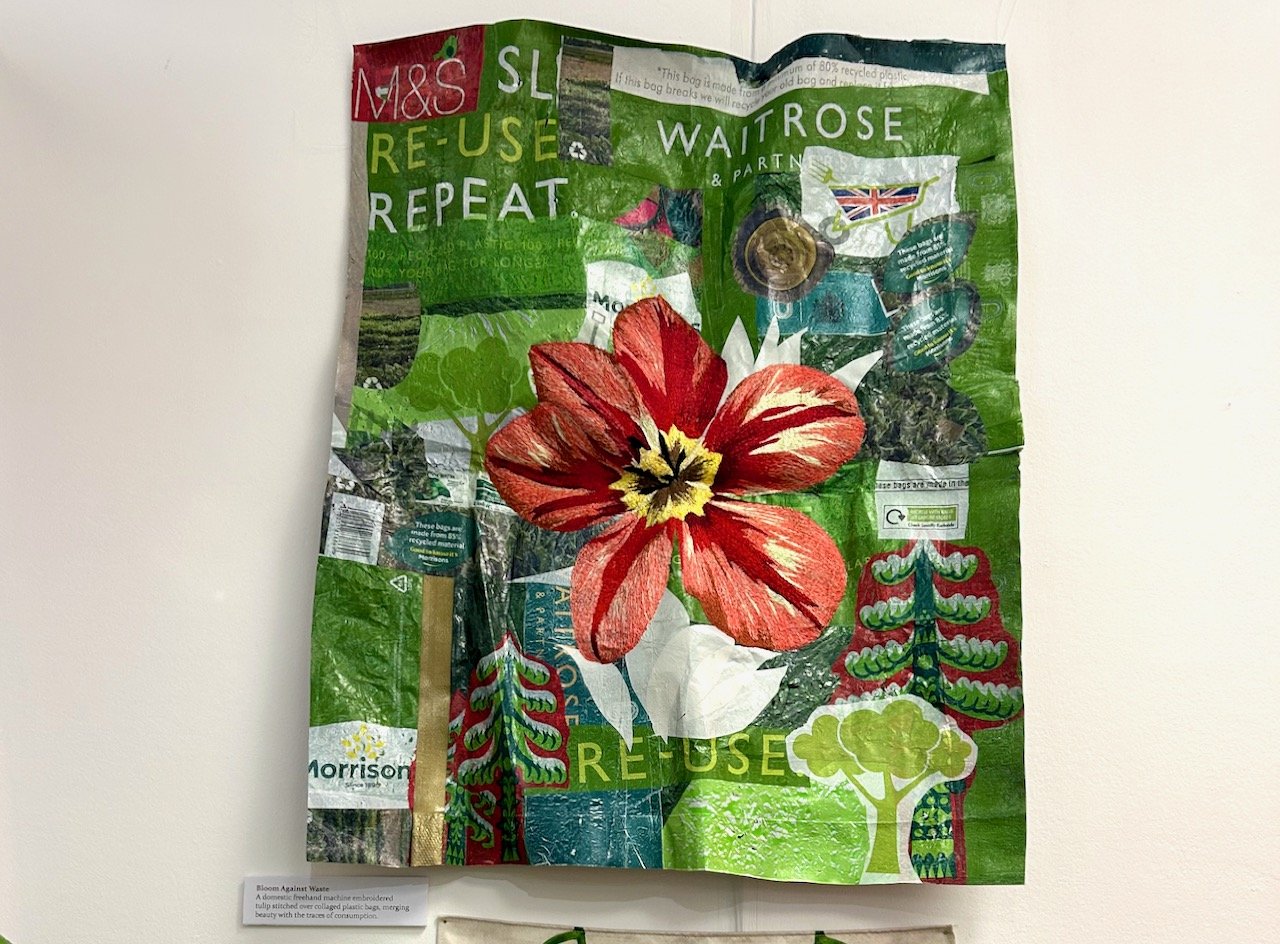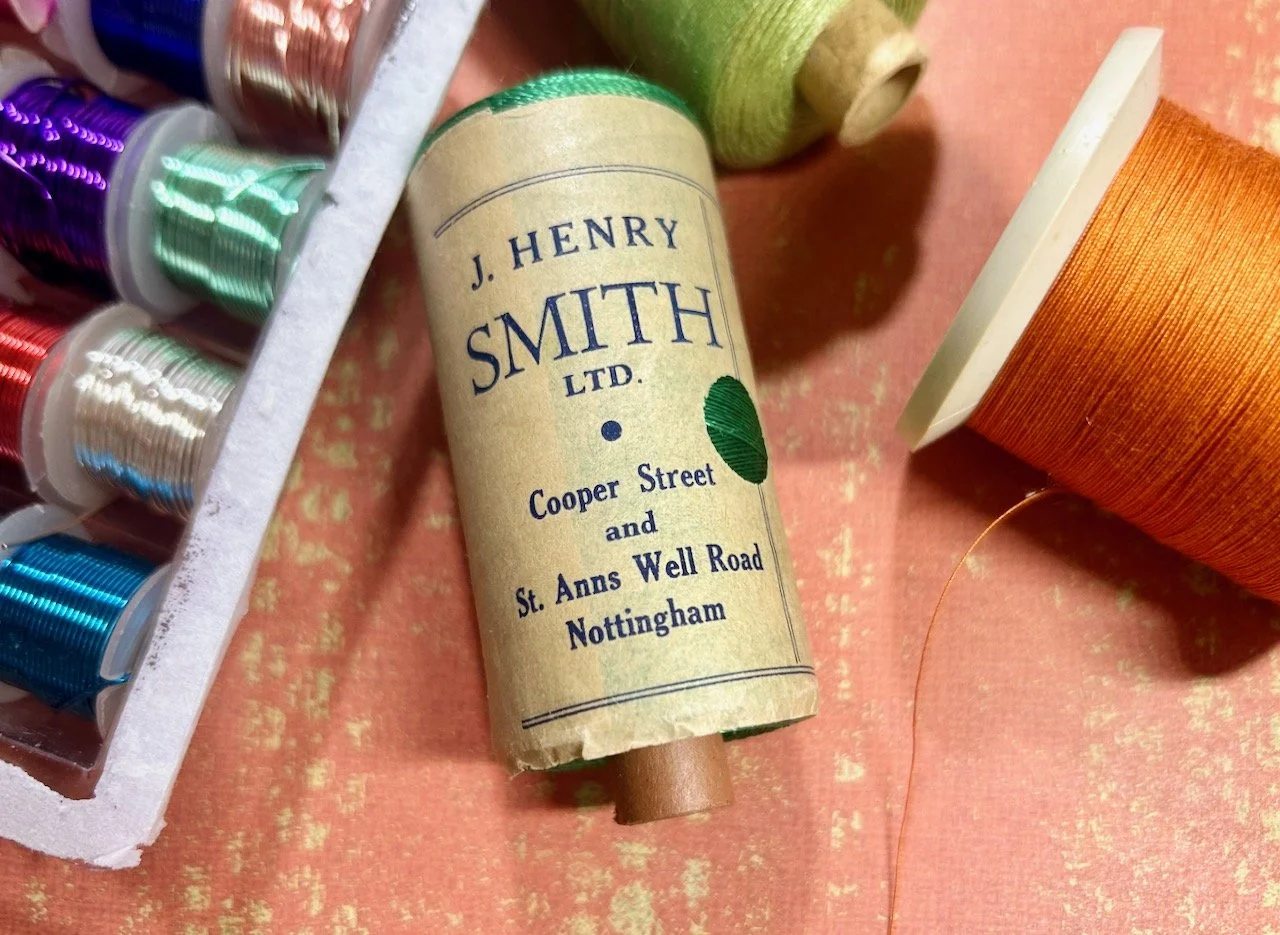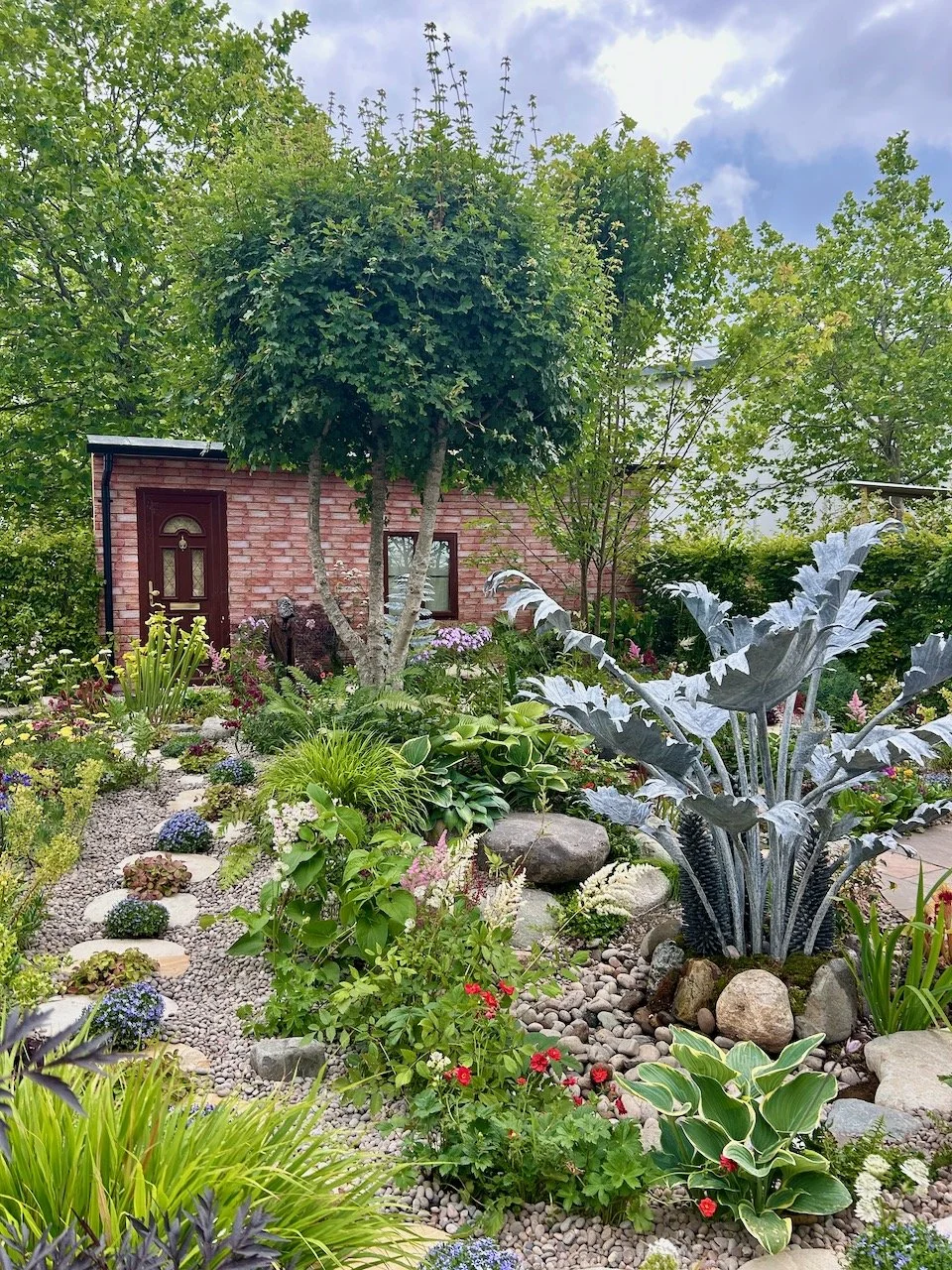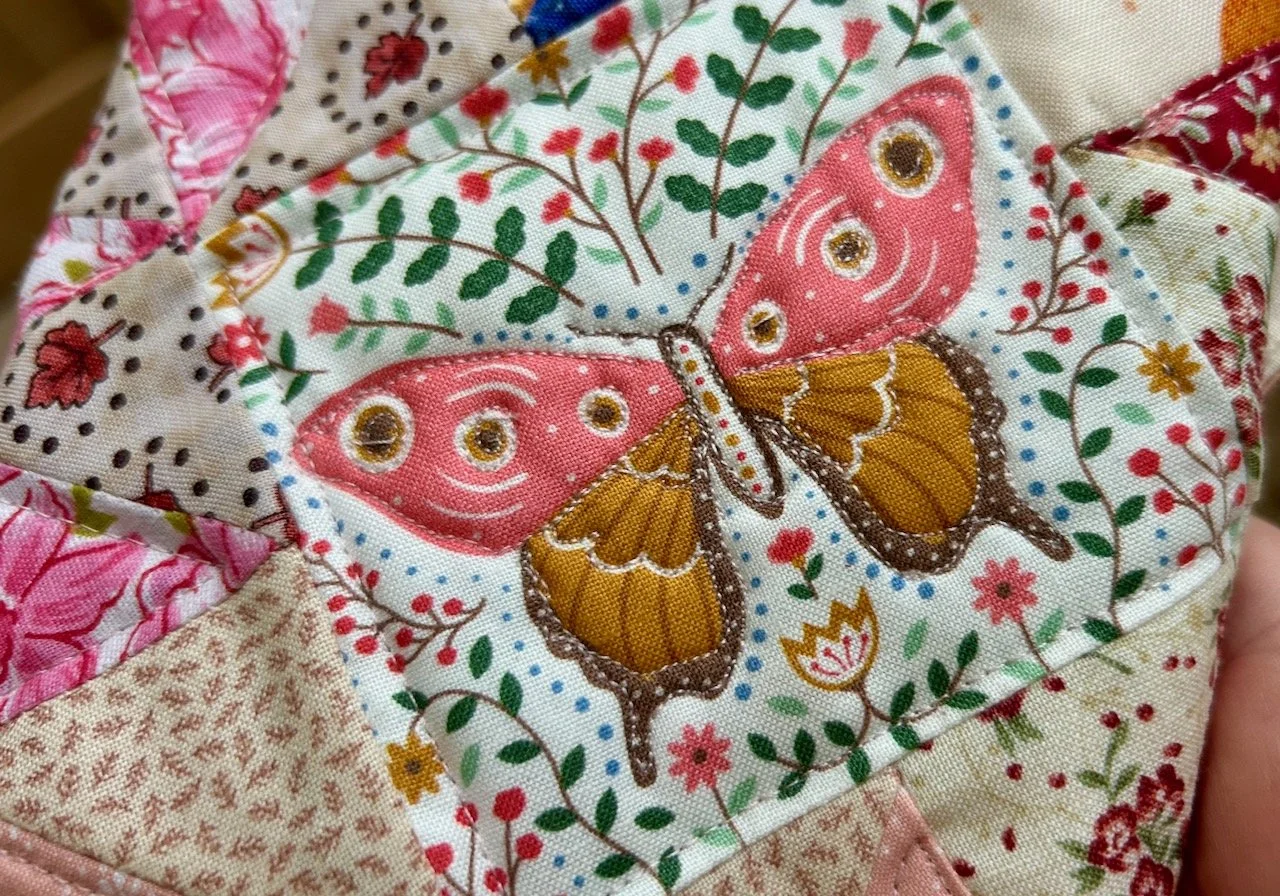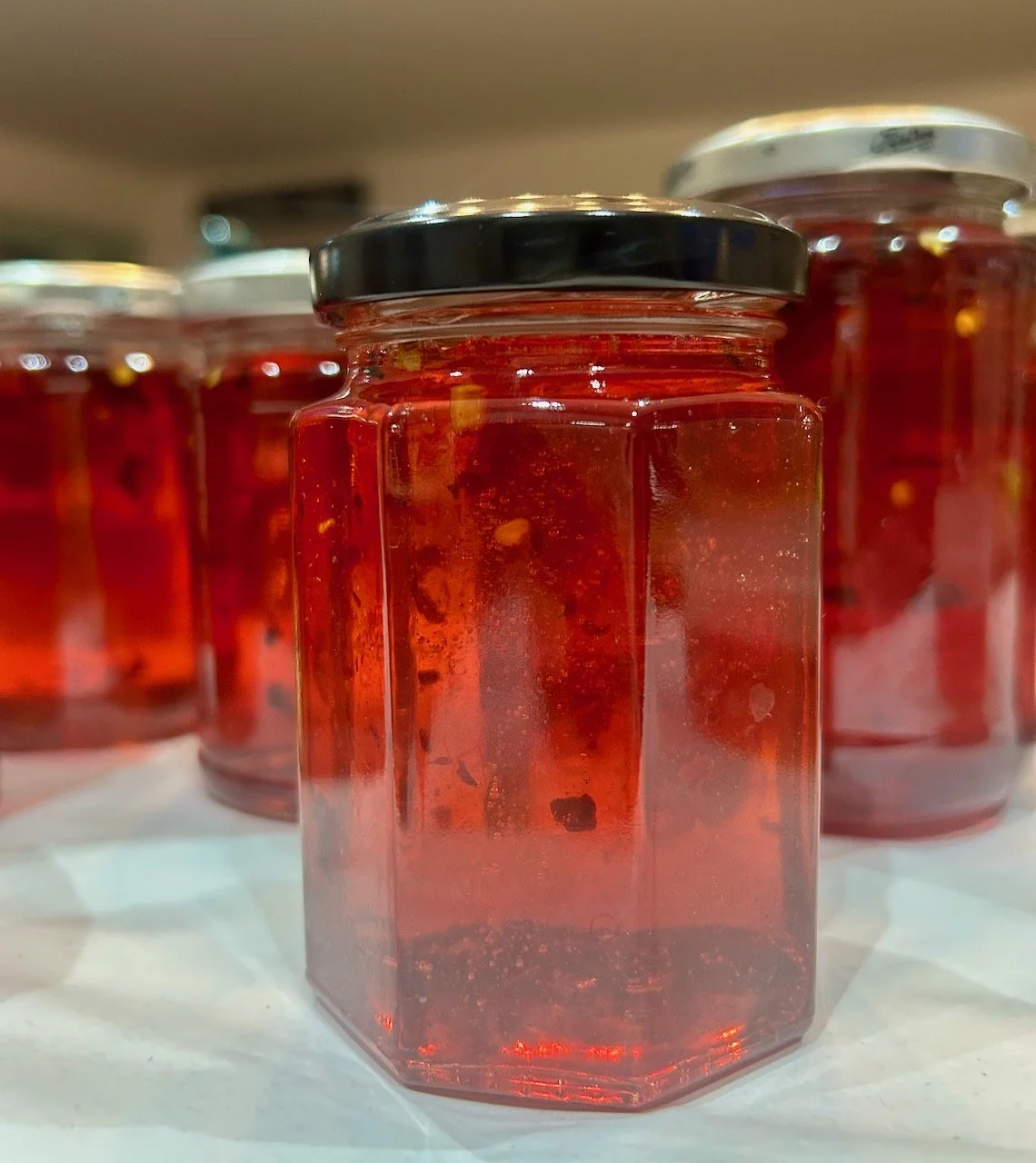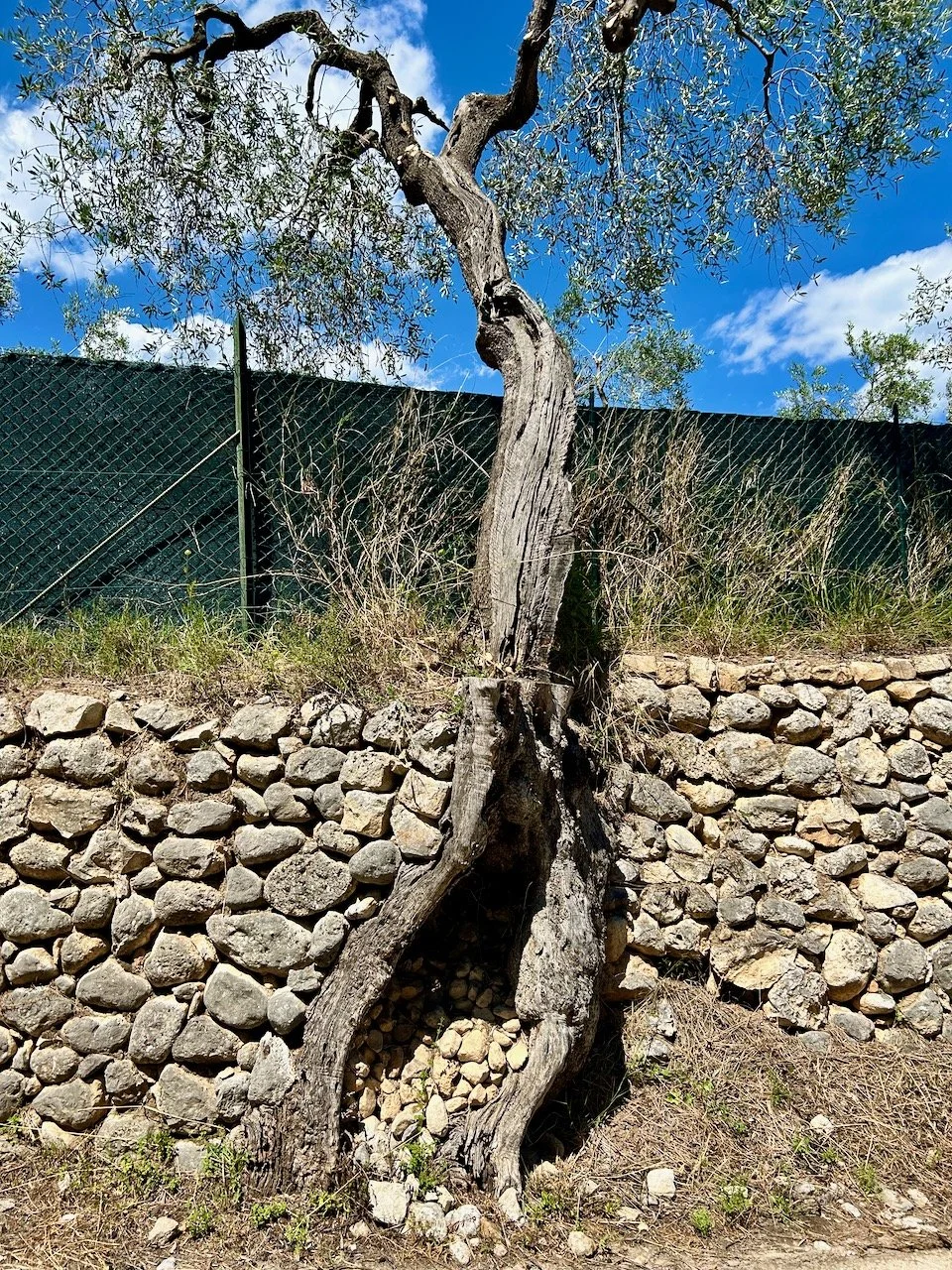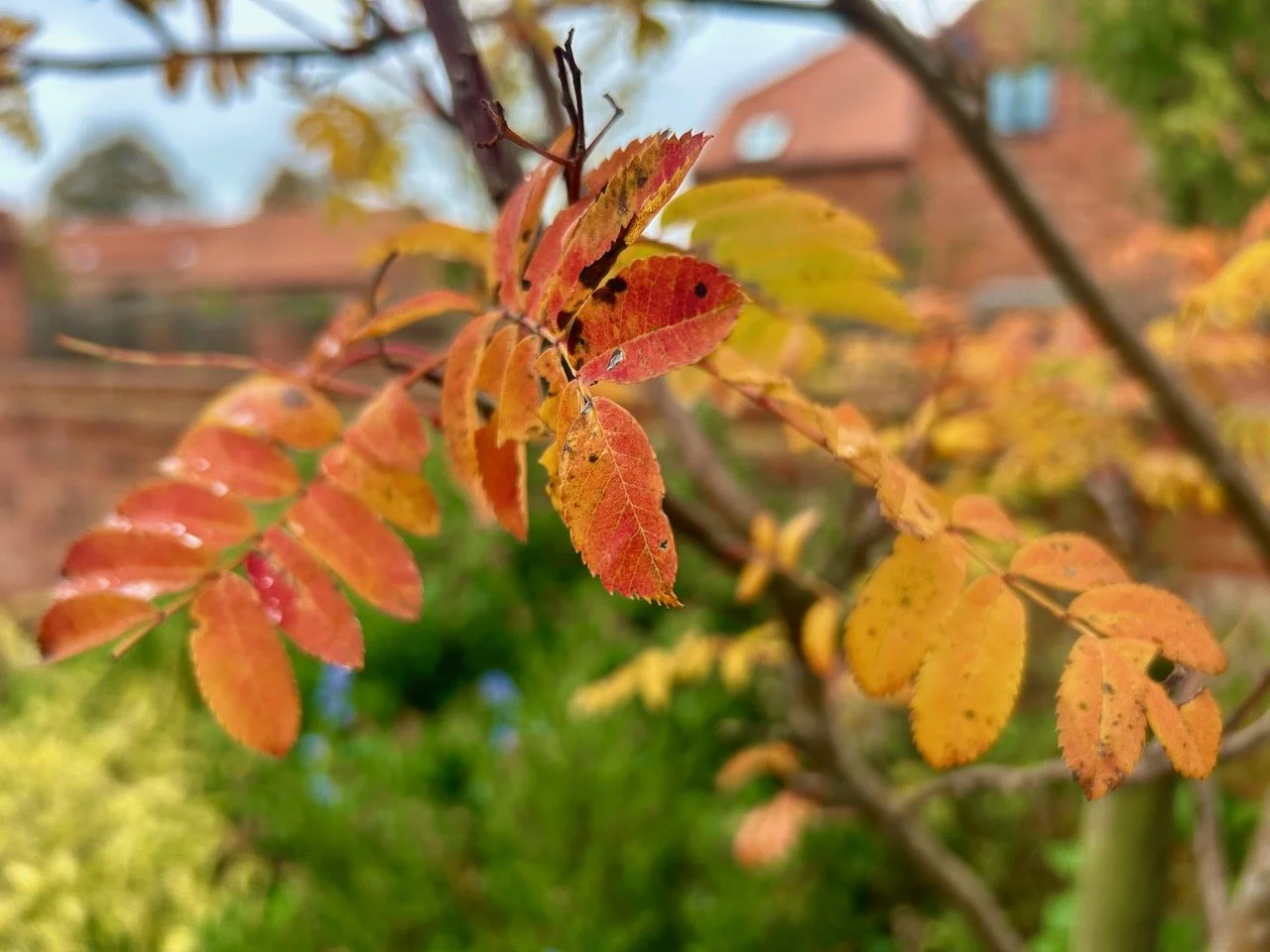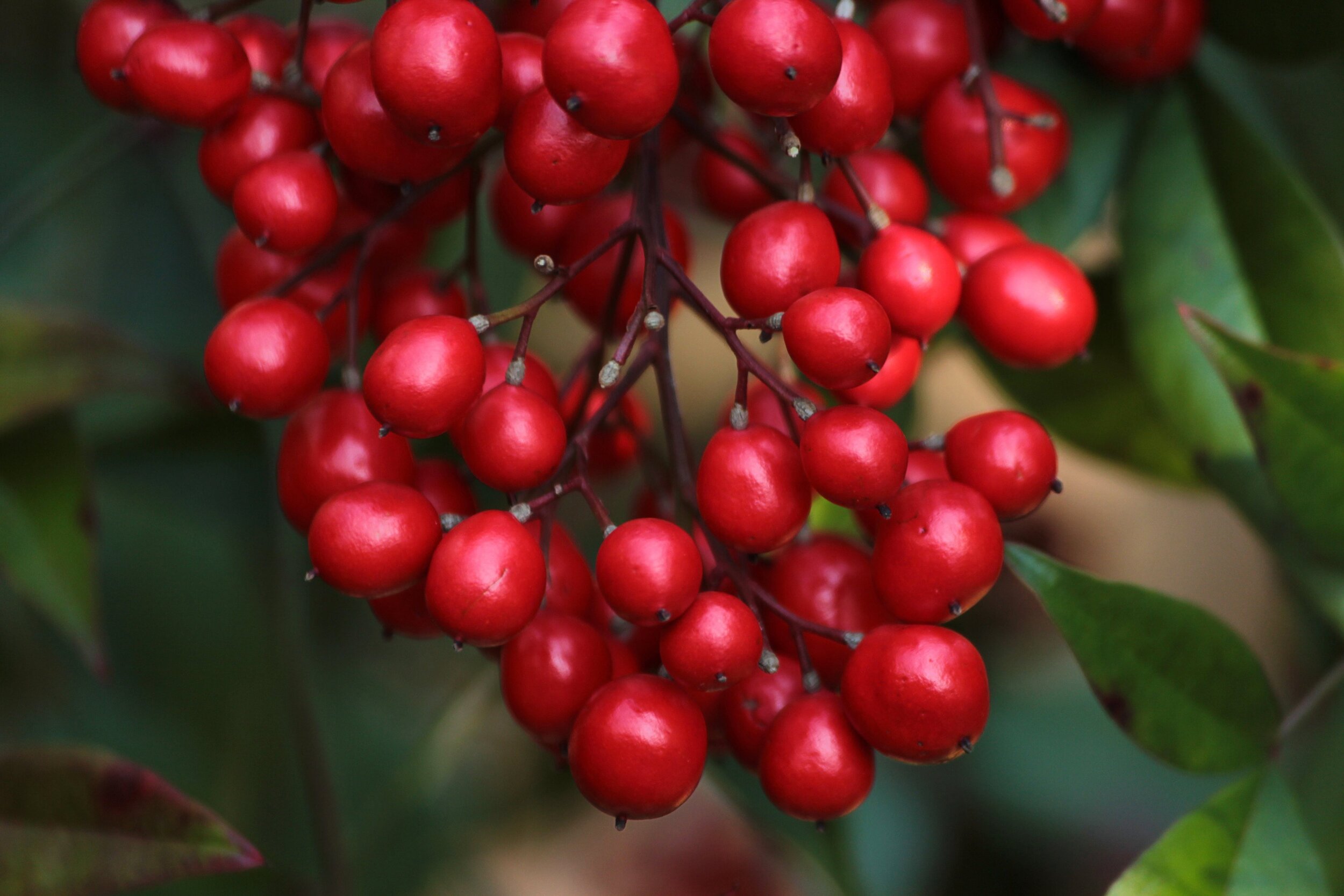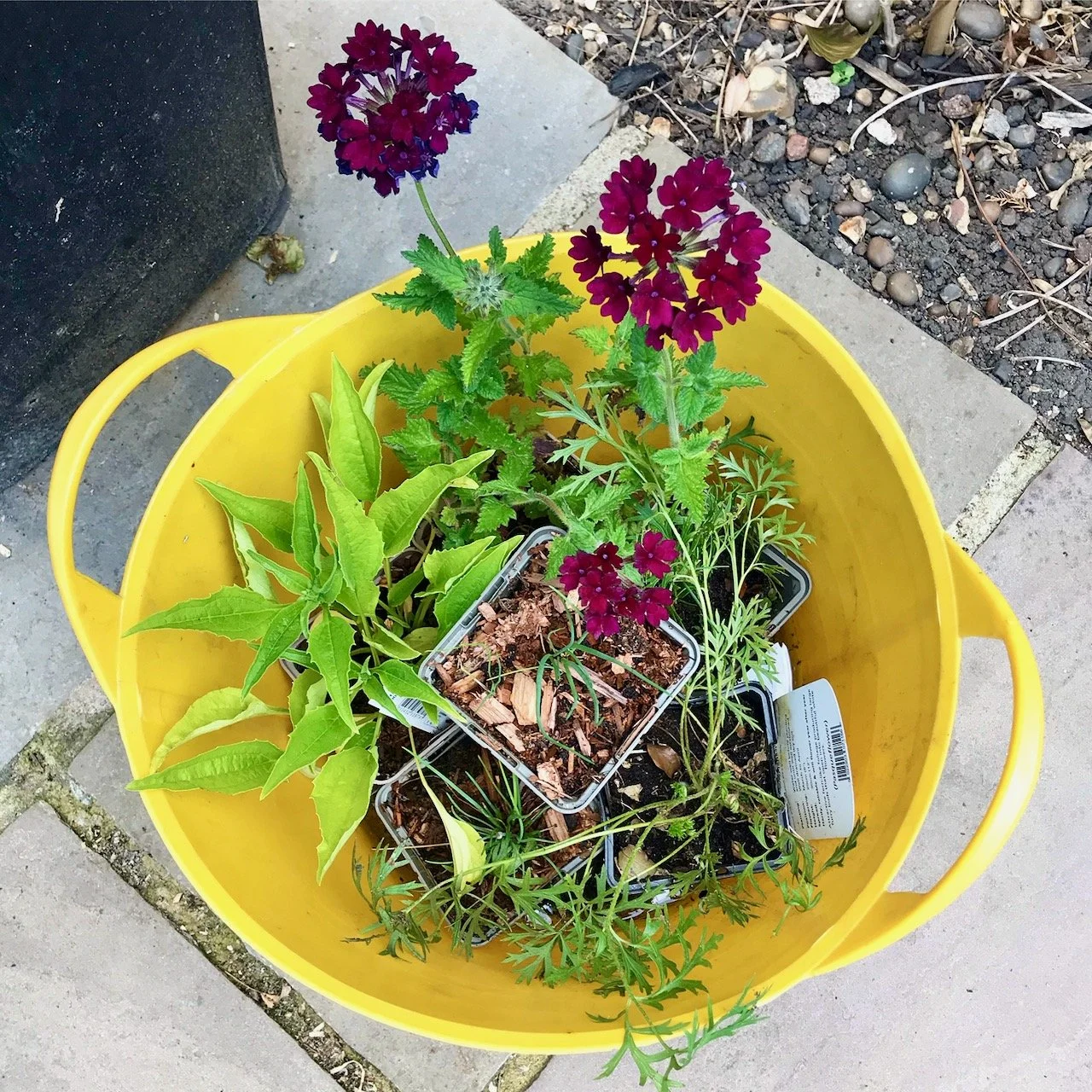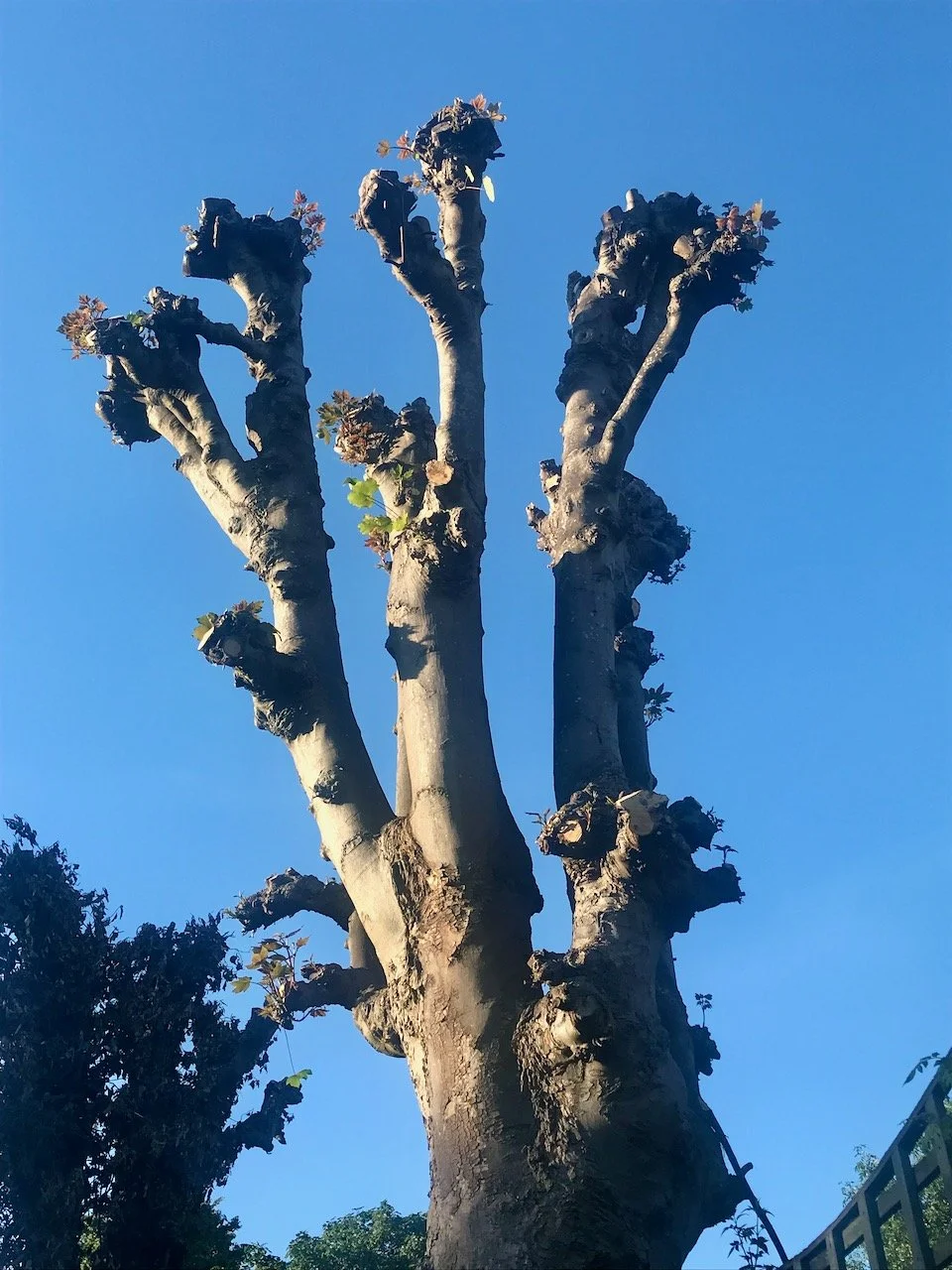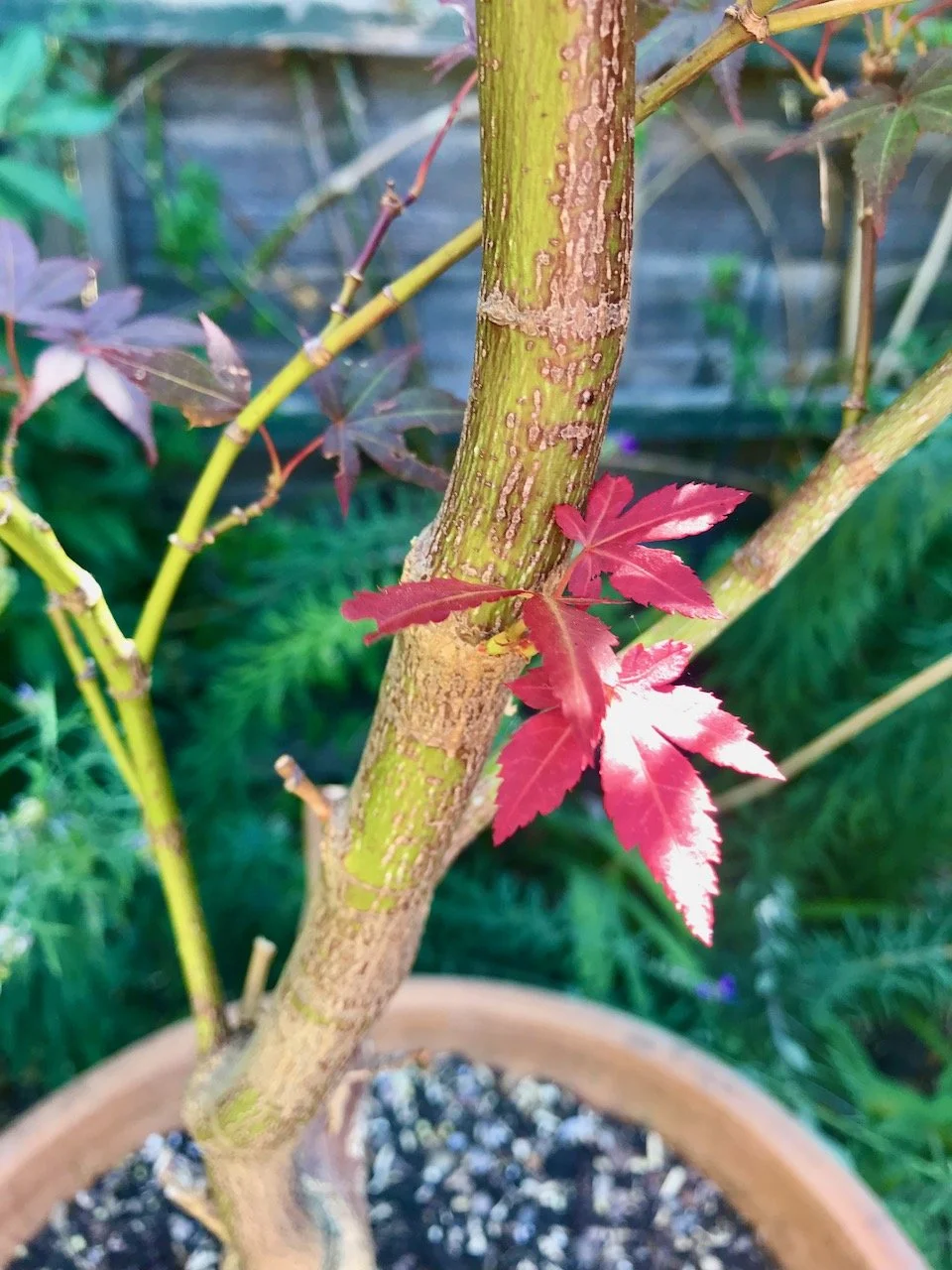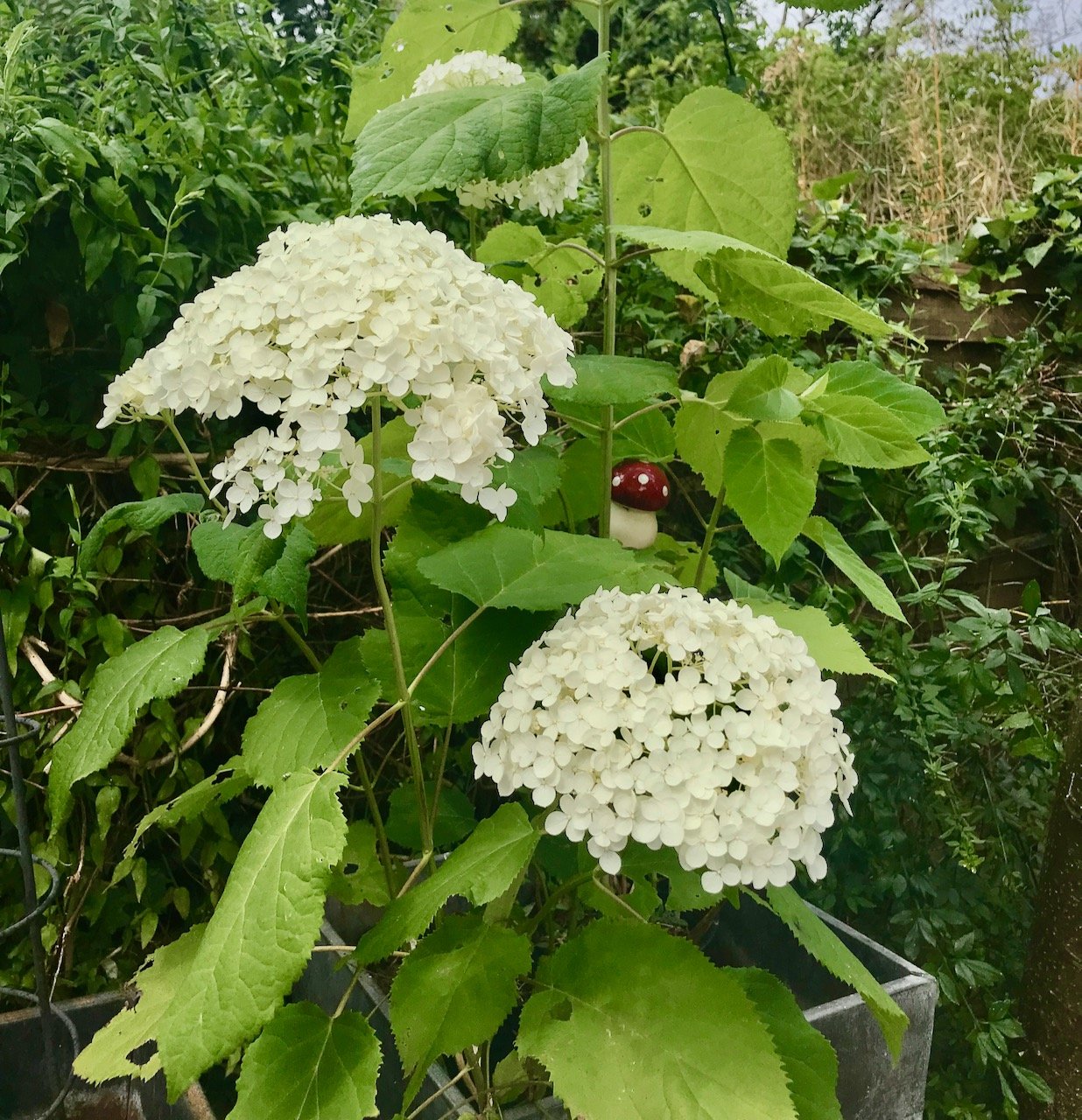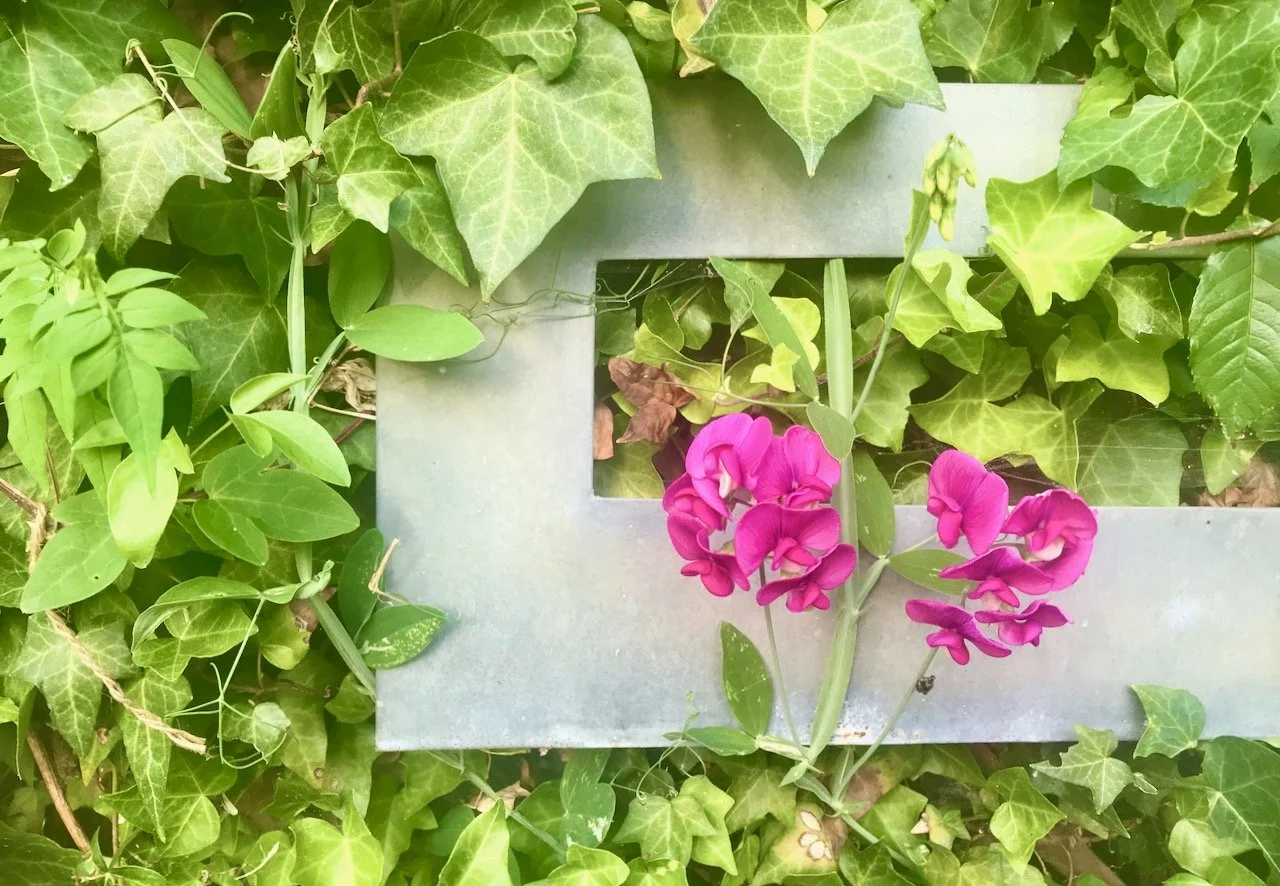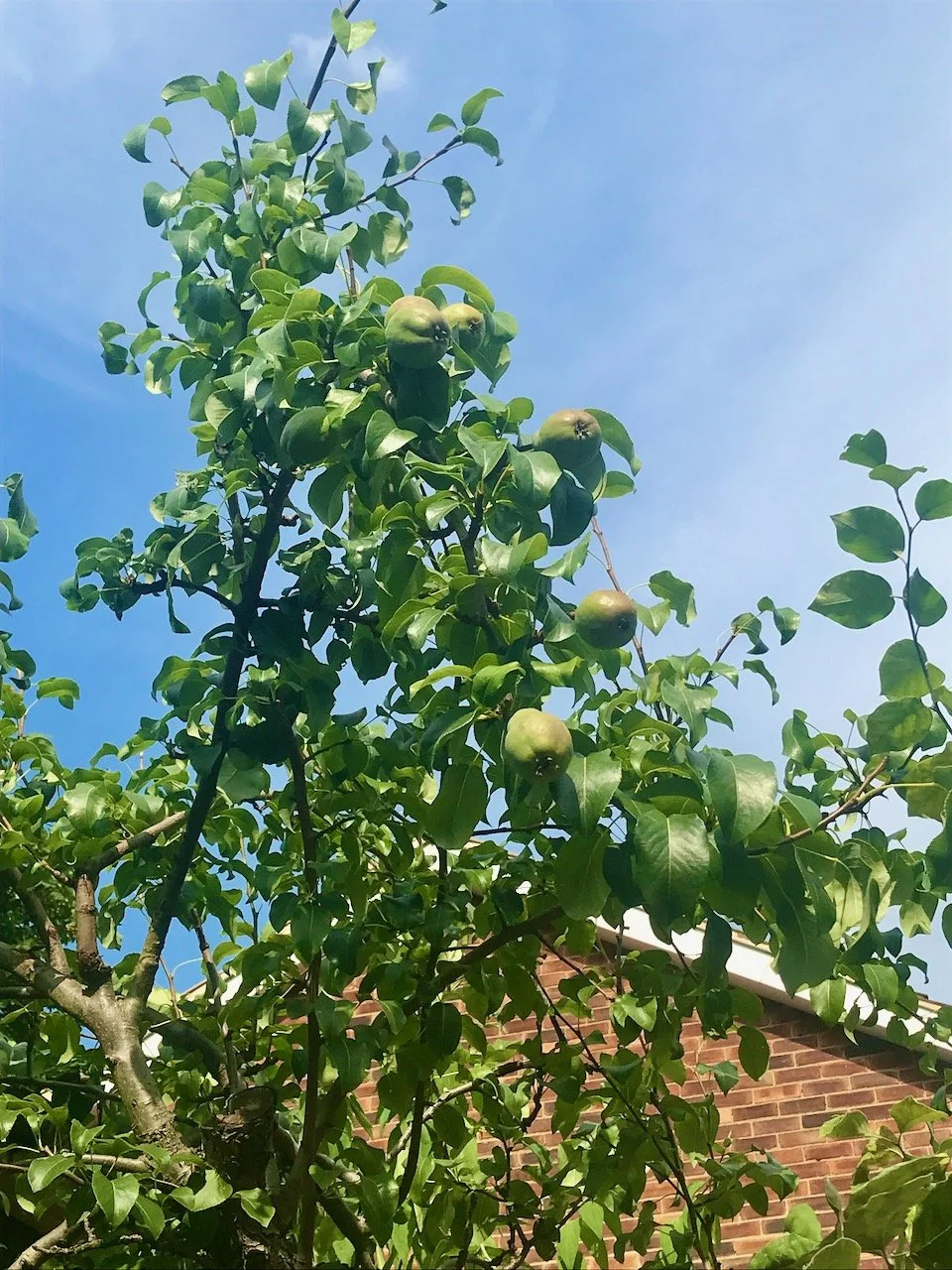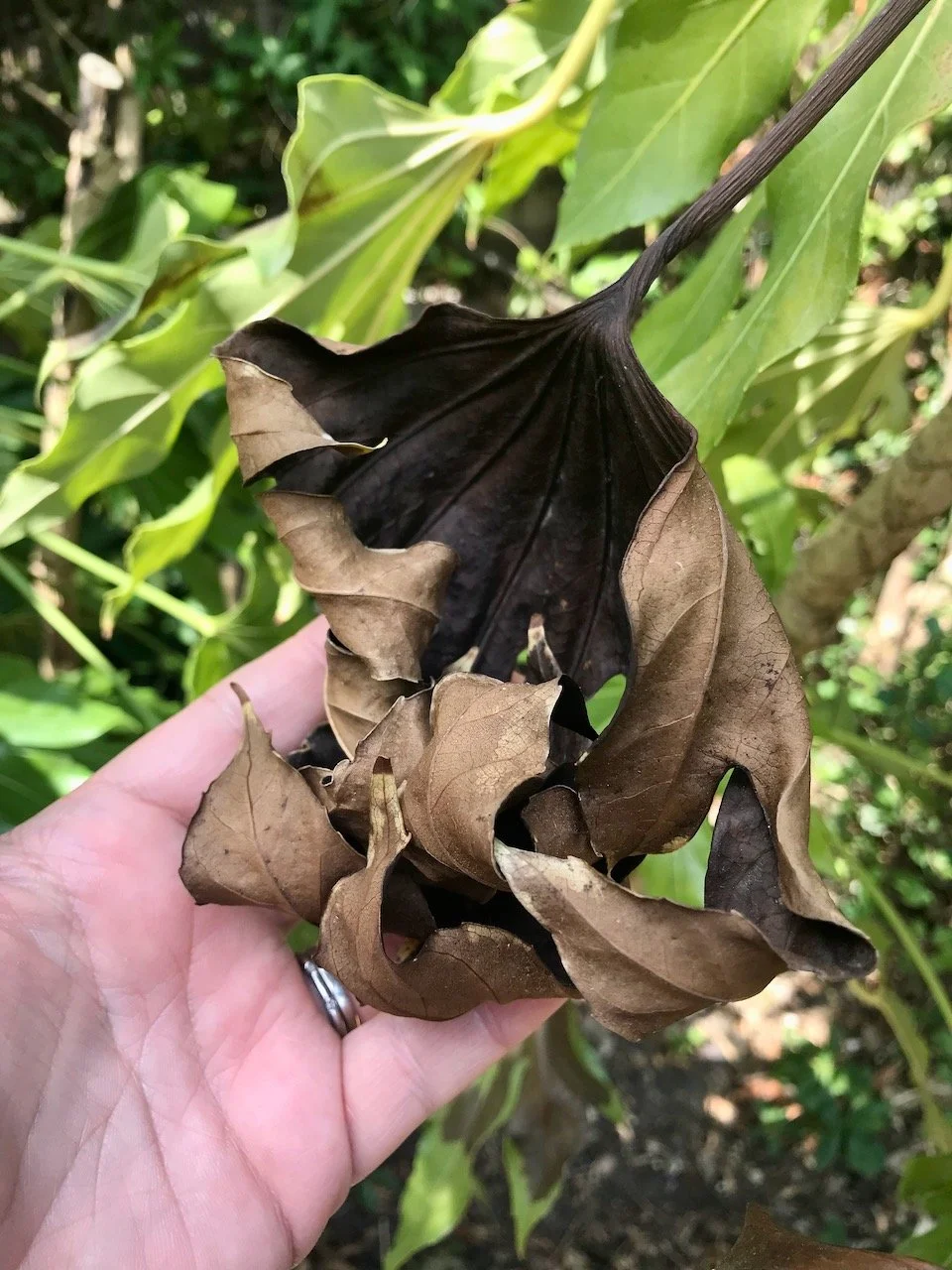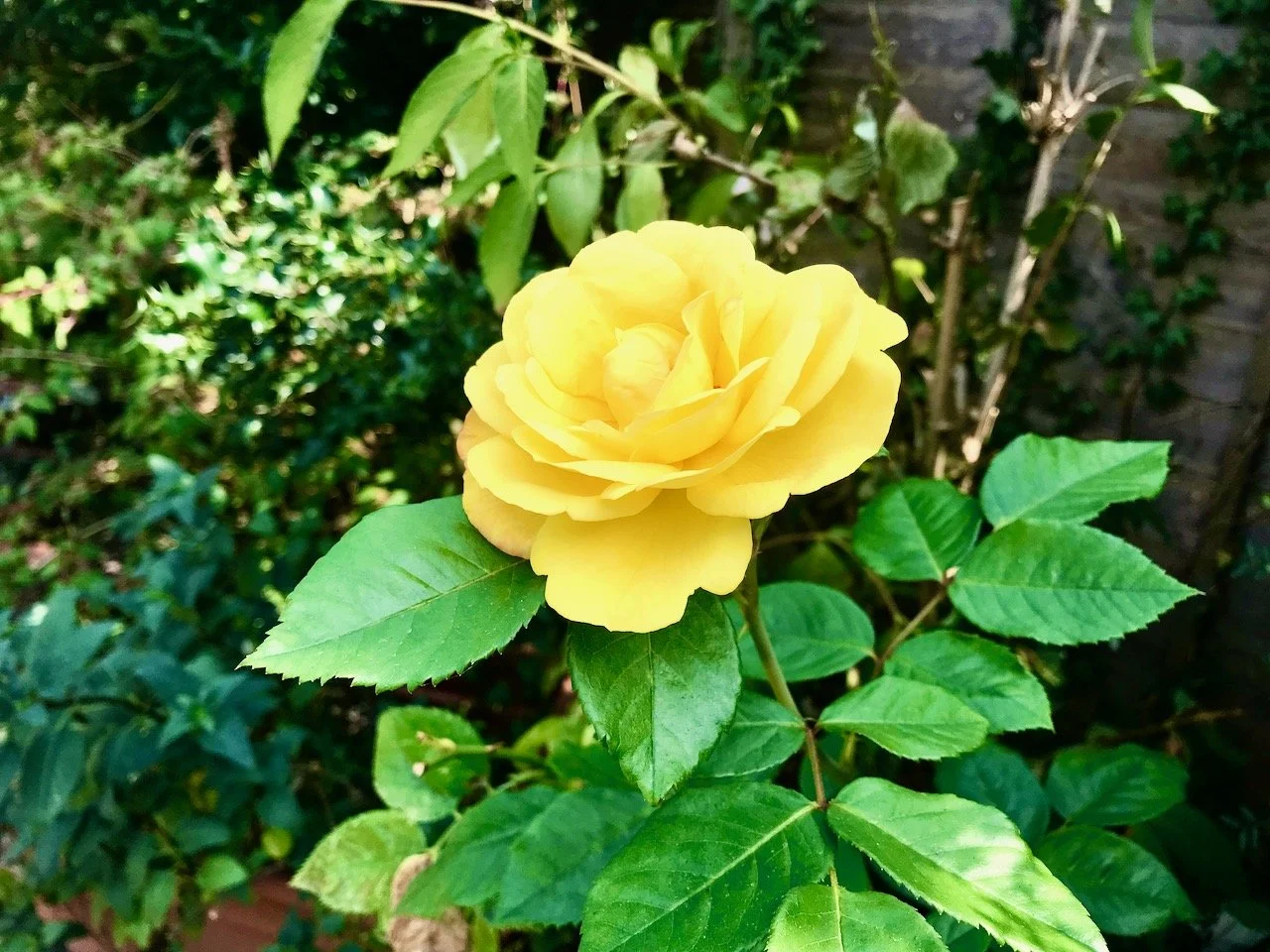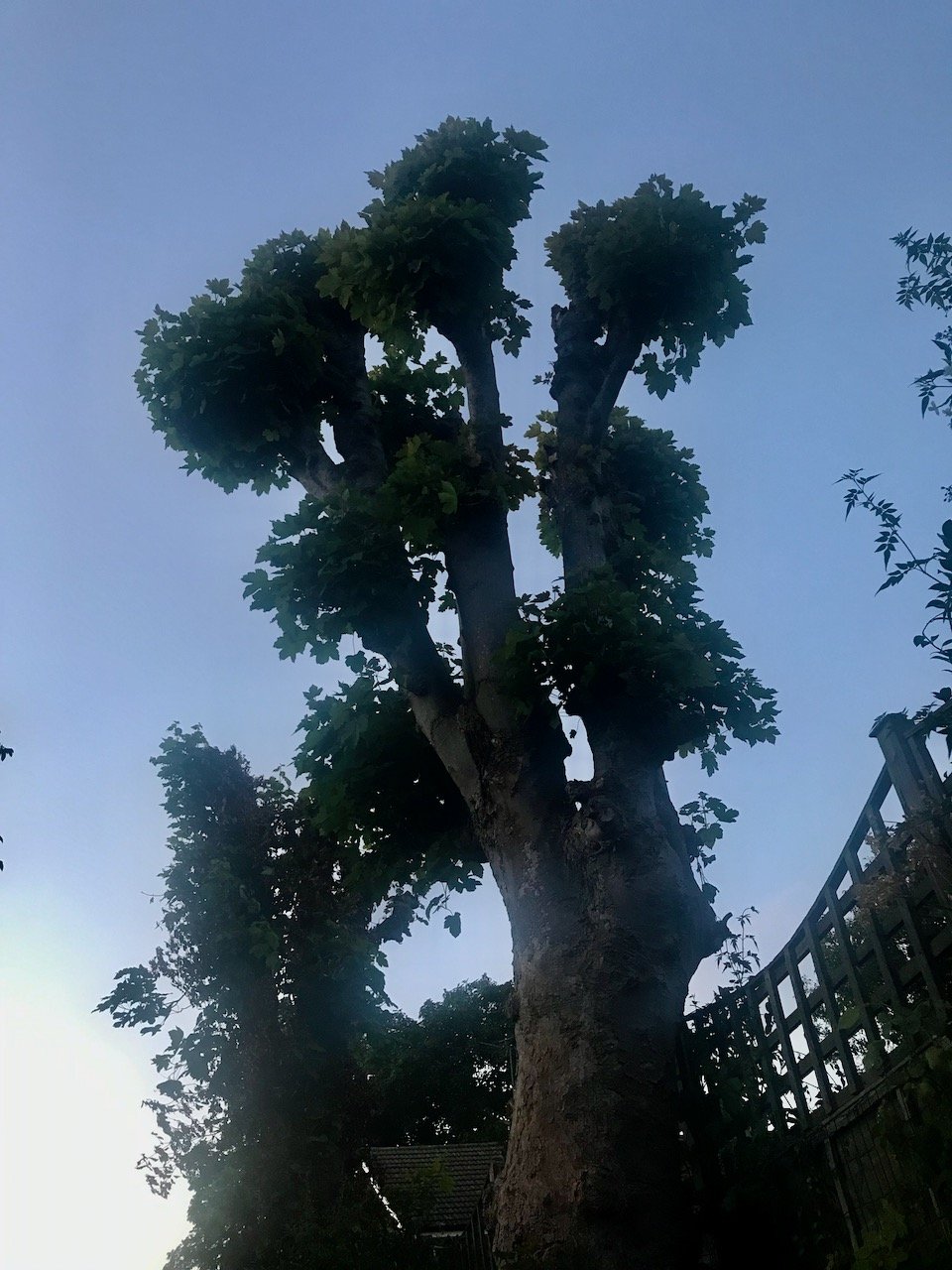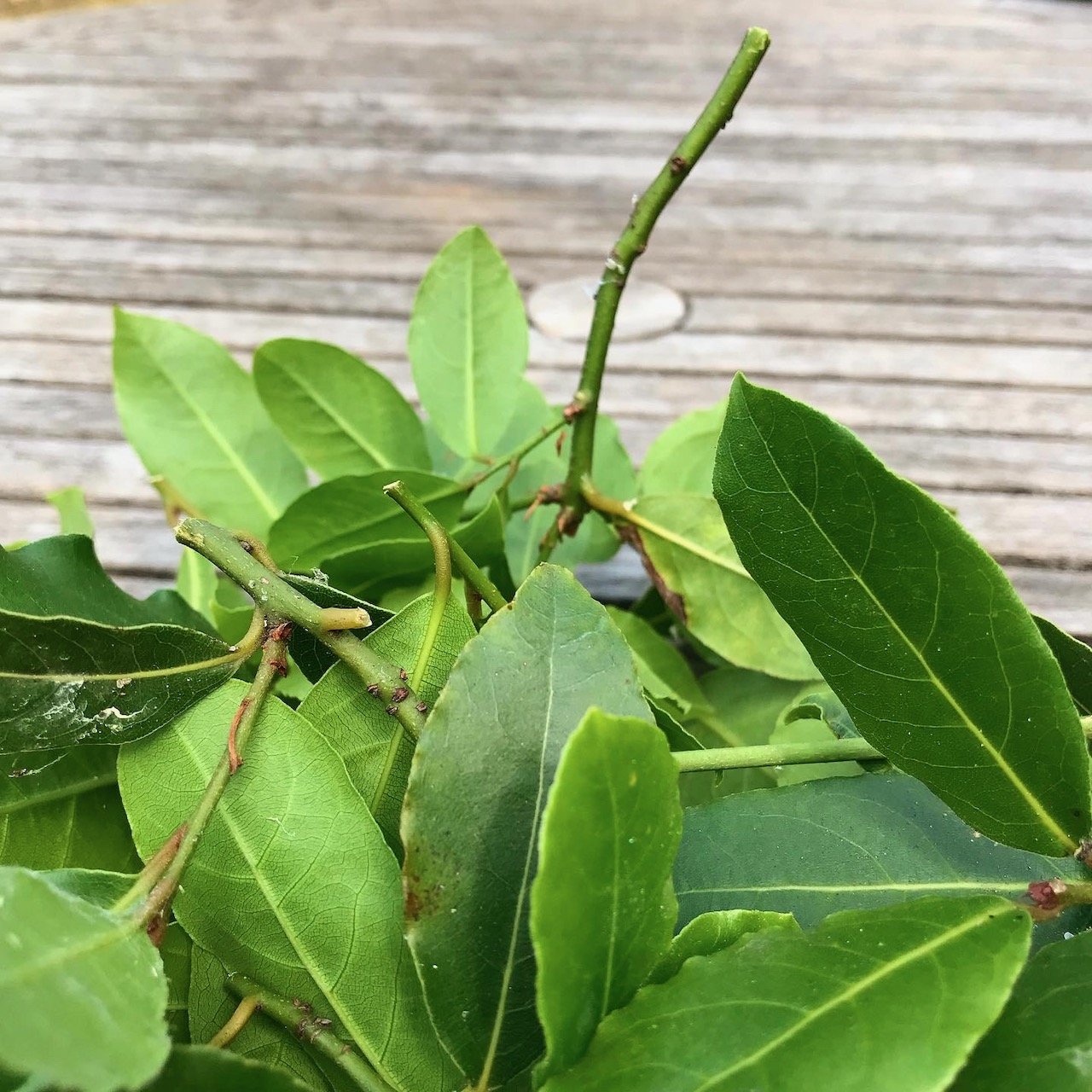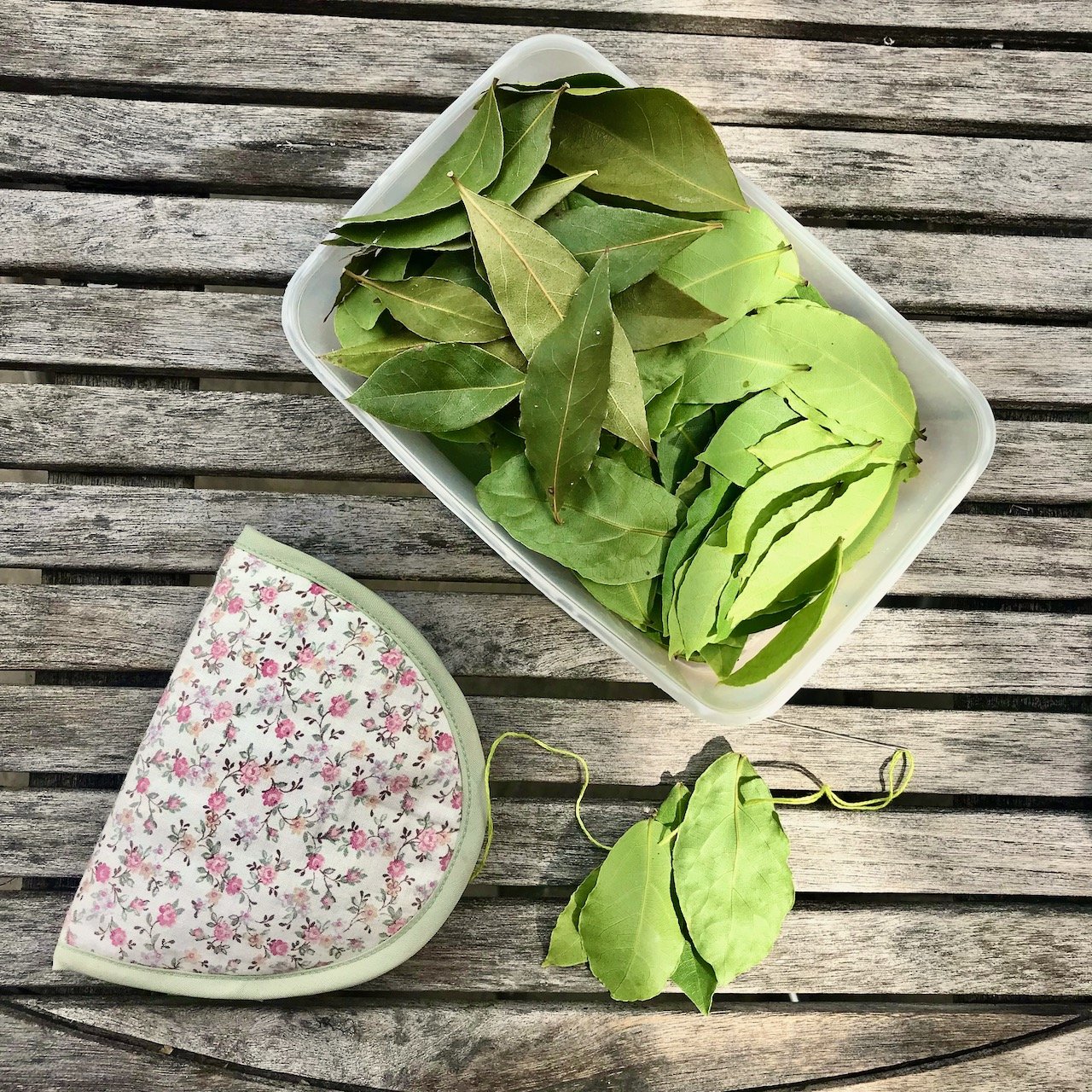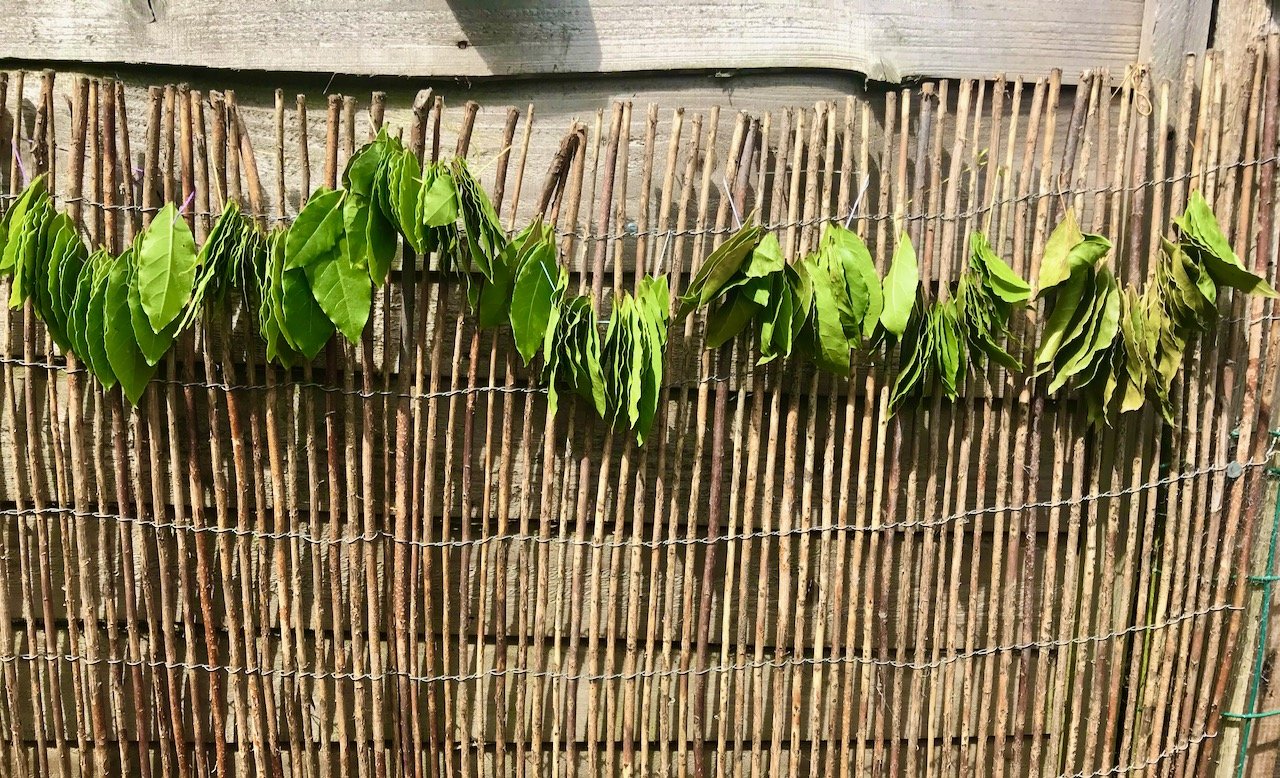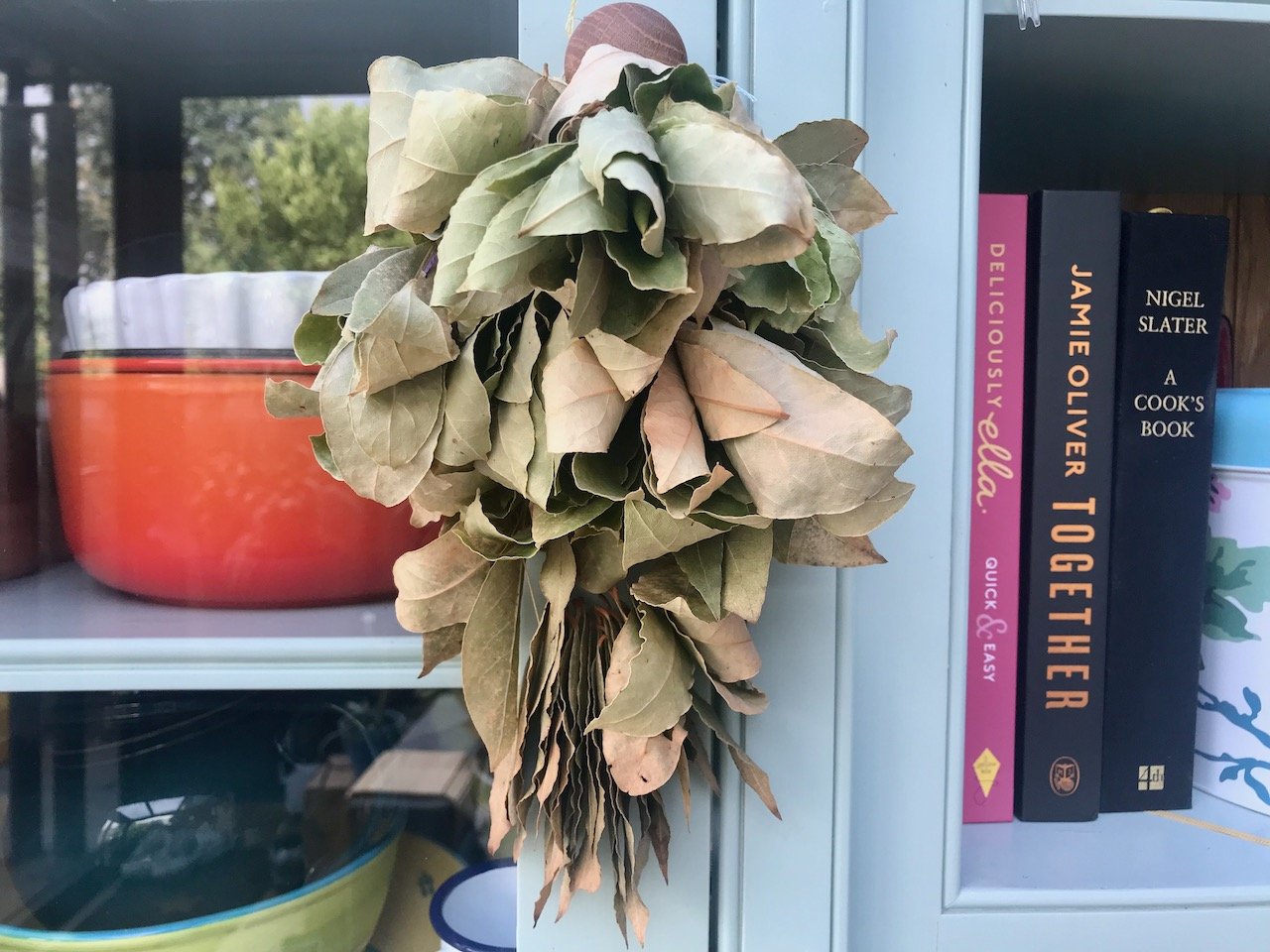One of the things I hoped to do more of now that I have more time on my hands was to read more, and that’s starting to pick up pace. I know though, and it’s been proven again these past few weeks, is that once I get into a good book I want to devour it above anything else.
Earlier in the summer I signed up for a two month trial of Kindle Unlimited, and that is coming to a close so I also need to weigh up if I’ll continue with that. The non-trial price is £7.99 monthly (this isn’t an ad) and I’ve certainly downloaded and read a good number of books during the initial period so it’s something I’m giving serious consideration to.
But anyway, onto where I’ve been escaping to.
1 (to 3) The Raj Hotel Series, Janet Macleod Trotter
I’m starting with my most recent reads, and this series of three books had me hooked. These were the books that had me rationing the time I spent reading, or trying to. The three books are:
The Emerald Affair
The Sapphire Child
The Diamond Daughter.
The books are set in India, the first is set in the aftermath of the First World War and the last in 1946 post-war India. The stories tell of the main characters, Tom and Esmie and their families through this time. As you’d expect it’s not quite as simple as that - there’s marriages, adventures, plenty of emotion and all set against the historic backdrop in a way that makes you really care for the storyline. The first book focuses on Tom and Esmie, the second friends Stella and Andrew and the third Jeanie, a new character, who returns to her husband after being separated during the war. The stories are entwined throughout, and while not wanting to give the ending away, I didn’t see it all coming. Some of it, yes, but not all but that doesn’t lessen it in any way. I’m just sorry they ended, but I’m so glad I read them in the right order!
4 and 5 The Cove and The Creek, L J Ross
These books are billed as ‘a summer suspense mystery’ and they certainly were. Again the books are related but these could be read in any order, the story isn’t dependant on that. The Cove starts with Gabrielle learning that surviving is harder than being a victim. Her life is turned upside down by an incident and she struggles, so she makes a huge change moving to Cornwall and taking a new job. The book follows her journey has some romance, some suspense and some rugged Cornish scenery - again some of this one you see coming and it’s enjoyable for that.
The Creek starts with completely different main characters though gradually the links appear. There’s similarities in the storyline and I’m still wondering if they were comforting or just annoyed me. But overall I enjoyed both books, and I hope to read some more by this author to ascertain it’s not just a formulaic approach that’s been taken.
6 The Lake Palace, Ann Bennett
This one had me in tears. It’s set in both India in 1944 and then later in 1985 when Iris, a recent widow, returns to India on holiday and revisits the Lake Palace and other haunts from her earlier life. She uncovers long-buried truths from the war years when trying to discover what happened to her beau, Edward Stark. A truly emotional and heart-wrenching story, with a travelling companion who at times showed serious Hyacinth Bucket tendencies.
What’s next?
I have currently have two books on the started but not finished pile. I think I’ll finish both, but they’re taking me longer than the ones above, but I think that’s a reflection on me rather than the books themselves. They are:
The Storyteller of Casablanca, Fiona Valpy - this one is written in a diary style that was quite similar to The Lake Palace above, and I picked it up immediately afterwards. I think I’ve not got into this one so quickly because of that, and because of how gripped I was with that.
The Wilderness Cure, Mo Wilde - this one is a slow burn and one I want to savour, much like the author and her foraging. Again it’s another diary format, but this one documents the challenge the author set herself in 2020 to eat only wild food for a year. And as if that wasn’t challenging enough, to start that in November without overly stocking up in advance. It’s beautifully written but in a more factual and analytical way, and so isn’t one that I want to devour at the same speed - which given the subject matter seems only right.
So that’s it for now on what I’ve read and what I’m still reading, I’m hoping to make progress on the two above and with others already in my kindle library too. I’m still targeting 22 minutes a day for reading (it’s 2022 so I’ve upped my time this year), though sometimes as you can probably tell it goes way above this - and that’s perfectly fine by me most of the time!

